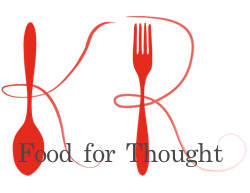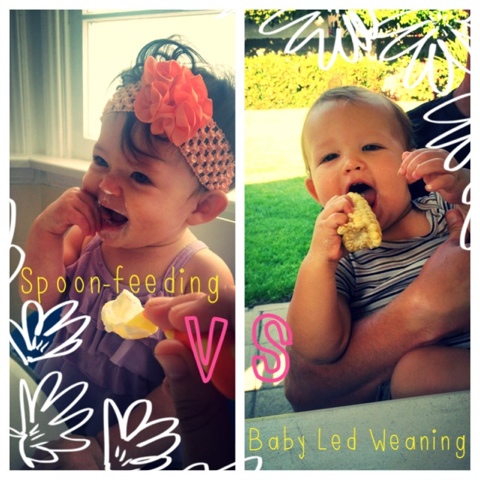Major skills and maturation occurs between 4 to 6 months, such as the ability to sit independently. While we can't see it as obviously, your baby's body is also maturing and growing on the inside (the stomach, reflex patterns, and immune system for example are all changing during this time.)
Age is a vaguely helpful guideline but each baby is SO different that age is an unreliable indicator and should actually be low on our list of check offs that help you decide if your baby is ready to transition to solid foods. The primary indicators of readiness are developmental skills and interest. That means, your baby should have the following skills/signs to show you that she or he is ready to start eating solid foods:
2. Trunk control/sitting independently- possibly a bit wobbly but at least sitting for a few minutes by herself if placed in a sitting position without toppling over. Even better if she can get into and out of a sitting position by herself.
3. Fine motor coordination- to reach for and grab items and bring to the mouth. This can be toys, a spoon, or food. Your baby should have enough eye/hand coordination to at least reach towards objects and push them around the table while trying to pick them up.
4. An emerging pincer grasp (picking a smaller item up with the pads of the thumb and index finger)- around the same time that your baby is ready to begin solid foods, she will also be starting to try to pick up smaller and smaller items that she comes across (lint on the floor, stray dog food, anything gross and small will probably catch your baby's attention.)
5. An active interest in food, watching you eat, being a part of the meal, and touching/exploring food-the motor skills I mentioned above will generally coincide with your baby's overall interest in food and eating. Your baby will go from being fairly content to sit in your lap or in a sling while you're at the table and maybe even nap through a meal, to wanting to be a part of it all. He will try to grab food from your hands and off your plate. He will intently watch you bring food to your mouth. If you let your baby be a part of your mealtimes, around the time he or she is ready to start solids you'll see a distinct interest as though your baby is asking for you to let him/her eat!
1. Head and neck control- not wobbly at all. Your baby should be able to hold his head up while sitting, by himself for at least 15-20 minutes.
2. Trunk control/sitting independently- possibly a bit wobbly but at least sitting for a few minutes by herself if placed in a sitting position without toppling over. Even better if she can get into and out of a sitting position by herself.
3. Fine motor coordination- to reach for and grab items and bring to the mouth. This can be toys, a spoon, or food. Your baby should have enough eye/hand coordination to at least reach towards objects and push them around the table while trying to pick them up.
4. An emerging pincer grasp (picking a smaller item up with the pads of the thumb and index finger)- around the same time that your baby is ready to begin solid foods, she will also be starting to try to pick up smaller and smaller items that she comes across (lint on the floor, stray dog food, anything gross and small will probably catch your baby's attention.)
5. An active interest in food, watching you eat, being a part of the meal, and touching/exploring food-the motor skills I mentioned above will generally coincide with your baby's overall interest in food and eating. Your baby will go from being fairly content to sit in your lap or in a sling while you're at the table and maybe even nap through a meal, to wanting to be a part of it all. He will try to grab food from your hands and off your plate. He will intently watch you bring food to your mouth. If you let your baby be a part of your mealtimes, around the time he or she is ready to start solids you'll see a distinct interest as though your baby is asking for you to let him/her eat!












